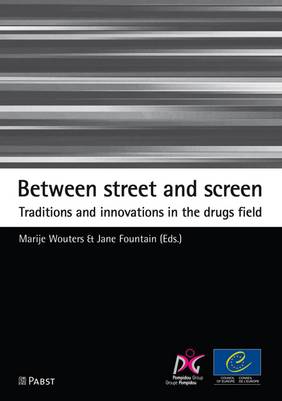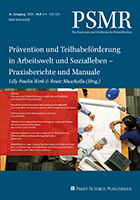Neo-shamanism: Drug mysticism is a cultural theme associated with social drug use. Professor Dr. Alfred Springer (Vienna) explored new discourse and practice in sacramental drug use and the practice of achieving ecstasy.
Neo-shamanism is not a single, cohesive belief system, but a collective term for many philosophies and activities. It comprises an eclectic range of beliefs and practices that involve attempts to attain altered states of consciousness and communicate with a spirit world.
Drug use with spiritual/shamanic intentions is represented on the internet - on the Eurowid website in particular. Springer´s analysis of Eurowid´s Experience Vaults revealed thousands of reports on glowing experiences, mystical experiences and bad trips. Glowing and mystical experiences were reportedly induced by a wide range of psychoactive substances and most of them occured after the ingestion of more than one substance (polydrug use). Many experience reports contain reference to shamanism and drug mysticism. Over time, the use of substances traditionally linked with drug mysticism (e.g. LSD, psychedelic mushrooms, DMT, MDMA, dextrometorphane) was stable. From 2011 onwards, methoxetamine became increasingly popular as a substance that induces glowing experiences.
As a space for drug- and drug use related information, cyberspace provides locales for the presentation of experiences. Based on a broad definition of shamanism, narrators telling stories about mystical or glowing drug-induced experiences represent a separate form of cyberspace shamans. Like traditional shamans, they are inclined to mystical interpretations and are therefore prone to experience drug-induced alterations of their state of mind as sacred ecstasy ...























